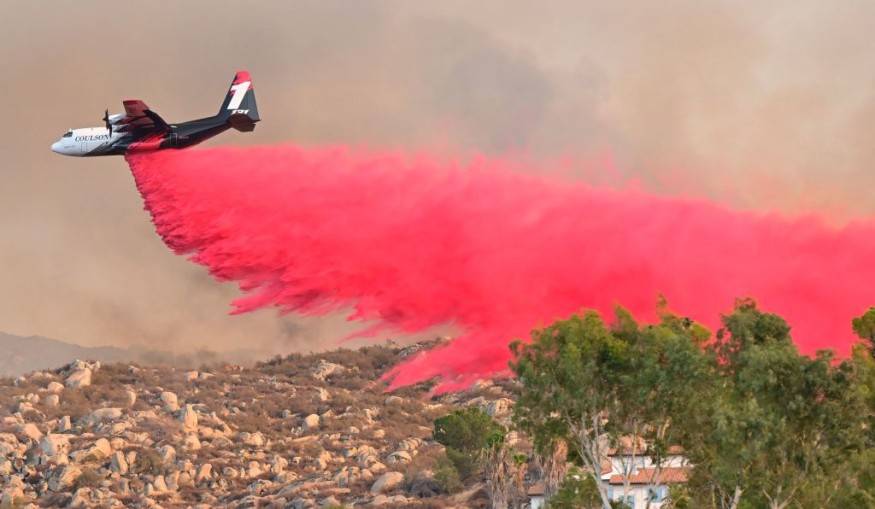
760k gallons of fire retardant have fallen onto Californian waterways over the past few years after missing their target. It led to a decrease in endangered fish populations rather than preventing wildfires.
Fire Retardant for Wildfires vs. Fish Populations
USFS invented fire retardant in the 1950s, a vital tool for wildfire control. However, accidental drops into waterways harm aquatic life, including endangered species. The retardant contains ammonium phosphate, toxic to fish. In 2001 and 2003, two drops killed thousands of steelhead in Omak Creek, Colville Indian Reservation.
A decade earlier, the Colville Tribe began creek restoration due to historical damage from a 1920s timber mill. Retardant drops severely set back the project, causing catastrophic harm to the creek, as per the US Fish and Wildlife Service. Colville Tribe member Vertis Campbell, living near Omak Creek, finds it heartbreaking, as their heritage and efforts focus on restoring fish populations. A Forest Service-induced fish kill is profoundly saddening to Campbell.
760,000 Gallons of Fire Retardant Dropped Near Waterways
For 70 years, the US Forest Service (USFS) didn't track or report the accidental discharge of fire retardant into waterways. Legal action in 2010 forced them to start recording such incidents.
From 2012 to 2019, the USFS dropped fire retardants near waterways 459 times, totaling 760,000 gallons, primarily on the West Coast. This included 45 drops in the northwest, affecting waterways like Gifford Pinchot and Okanagan-Wenatchee National Forests. Andy Stahl, of Forest Service Employees for Environmental Ethics FSEE, expressed shock at the high error rate, dubbing the USFS the largest water polluter.
In a statement, the USFS contends that fire retardant remains crucial for wildfire control, emphasizing its safe and precise use to protect communities from wildfire threats, a priority they are committed to maintaining.
Violations of the Forest Service
The nonprofit FSEE successfully sued the USFS three times over fire retardant use. Last year, after data on waterway drops emerged, they accused the agency of violating the Clean Water Act. The Act bars pollutant discharge into waterways without an EPA permit, which sets limits to safeguard water quality and health. The USFS previously claimed no need for a permit, citing a 300-foot buffer policy. However, their records revealed inconsistencies.
In May, a federal judge ruled in favor of FSEE, confirming USFS Clean Water Act violations, and mandating EPA permits for fire retardant use.
According to FSEE Executive Director Stahl, the organization views battling fires as a war in which any collateral damage is acceptable.
Formula Improvements vs. Non-Toxic Alternatives
Alternatives to toxic chemicals in fire suppression have been investigated, which led to Chico, California, where GreenFire, a company with NSF White Book-listed fire suppression products meeting USDA standards, is based. In 2021, GreenFire engaged with the Forest Service about their non-toxic solutions, but CEO Brandon Miller felt the agency largely dismissed the idea, despite the environmental safety of their product.
Forest Service records indicate a rising use of the current formula due to longer and fiercer wildfire seasons, increasing from 8 million gallons in 2012 to 21 million in 2020. The agency claims openness to improvement but cites a rigorous review process for new products.
While a federal court mandated a Clean Water Act permit, taking years to secure, the agency can continue using the current retardant. Campbell hopes the Forest Service considers their water and salmon, integral to their culture, during this process.
Read also: Maui Widlfire: Nearly 100-Year Old Wood House Escapes Devastating Wildfire By Surrounding Open Space
© 2025 NatureWorldNews.com All rights reserved. Do not reproduce without permission.





